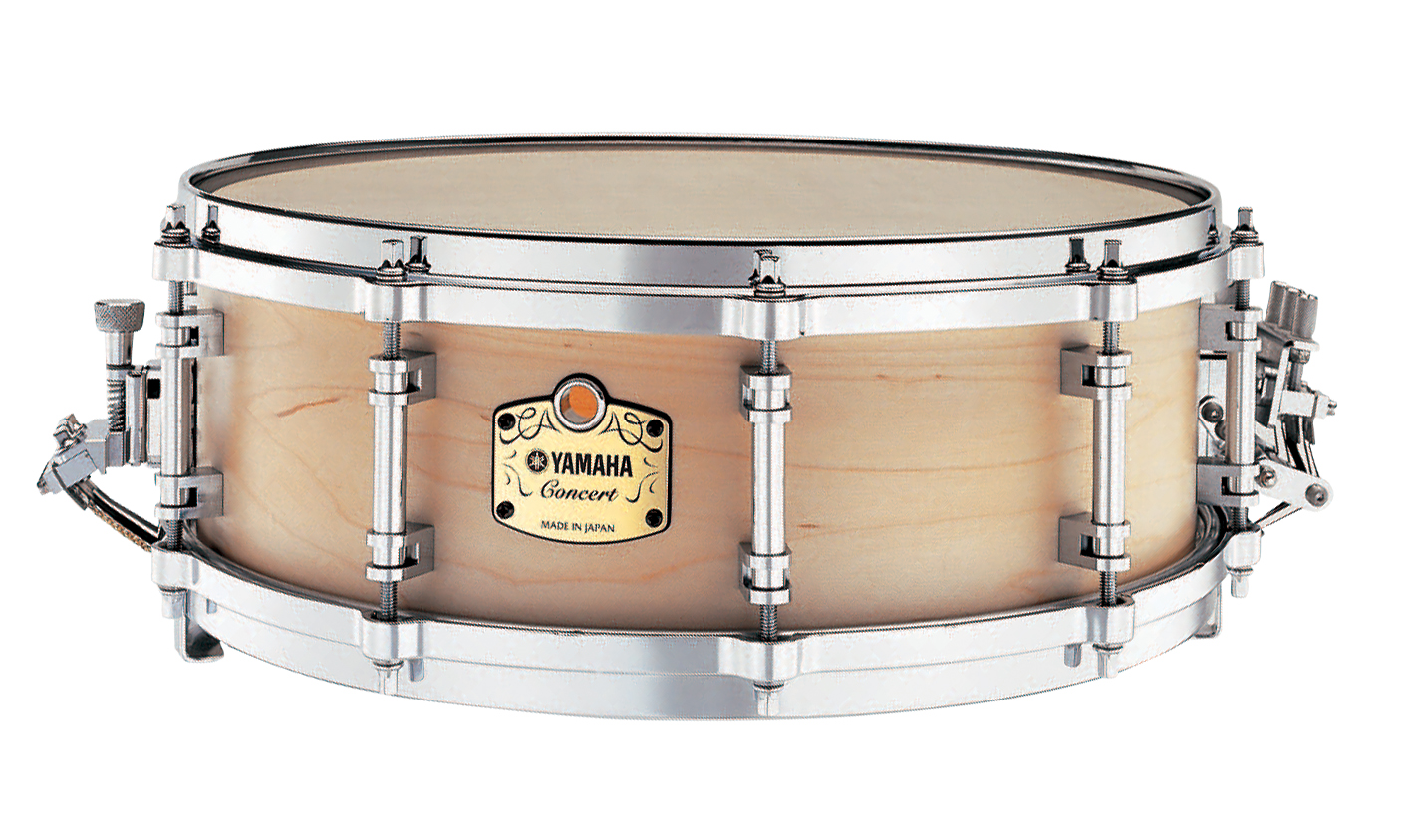Originally posted on DrumChattr.com on March 29, 2011.
The short answer is YES!! The 40 Standard American Drum Rudiments are a set of short patterns that are essential in building technique. Rudiments on snare drum are like scales on marimba. Over the past couple of months, I have been thinking a lot about how to incorporate rudiments into the college curriculum. It is almost assumed that by the time a percussionist gets to college, they already know their rudiments, but I have been finding that most students don’t know their rudiments as well as they should. I think this is very true about students who start on a mallet instruments.
A Brief History of the Rudiments
Over the years, percussionists have tried to come up with a standardized list of rudiments. The original rudiments were developed throughout Europe and were introduced into the the United States during the American Revolution. In 1933, the National Association of Rudimental Drummers (NARD) created the “Thirteen Essential Rudiments” from the 26 Standard American Drum Rudiments. The thirteen rudiments included the long roll, the 5-stroke & 7-stroke roll, the flam, the flam accent, the flam paraddidle, the flamacue, the ruff, the single and double drag, the double paradiddle, the single and triple ratamacue. These thirteen rudiments were adopted and used as a test for membership in the “Thirteen Club.” In the early 1980s, the Percussive Arts Society added fourteen rudiments, reordered them and published the 40 Standard American Drum Rudiments. Recently, many hybrid rudiments have been informally added, although most of these are combinations based on the original 40. Hybrid rudiments are common in drumlines and drum corps and are the combination of two or more of the original 40 rudiments.
Application
A “rudiment”, as defined in the dictionary is the beginning or early stages of development. For percussionists and drummers, snare drum rudiments are our vocabulary. Rudiments develop your hands and teaches you stick control. This control will help you develop your technique across all of the percussion instruments.
The 40 Standard American Drum Rudiment are broken down into four categories:
1) Roll Rudiments
2) Diddle Rudiments
3) Flam Rudiments
4) Drag Rudiments
There are also a number of hybrid rudiments that have been developed in the drum corp ranks over the past 20 years. There are numerous sources on the internet (PAS, Vic Firth, and YouTube) where you can explore snare drum rudiments.
How do you incorporate rudiments into your practice routine? If you are a teacher, how do you incorporate rudiments into your lessons and assignments? What is your favorite rudimental warm-up? Leave your thoughts and comments in the Chattr Section.
Here are my two favorite rudimental warm-up exercises:
1) || : Flam Accent | Flam Accent | Flam Accent | Flam Tap | Flam Tap : ||
2) “Paradiddle-Paradiddle”
|| : R L R R L R L L R L R R R L R R | L R L L R L R R L R L L L R L L : ||
Play with “normal” paradiddle accents.

Leave a Reply
You must be logged in to post a comment.